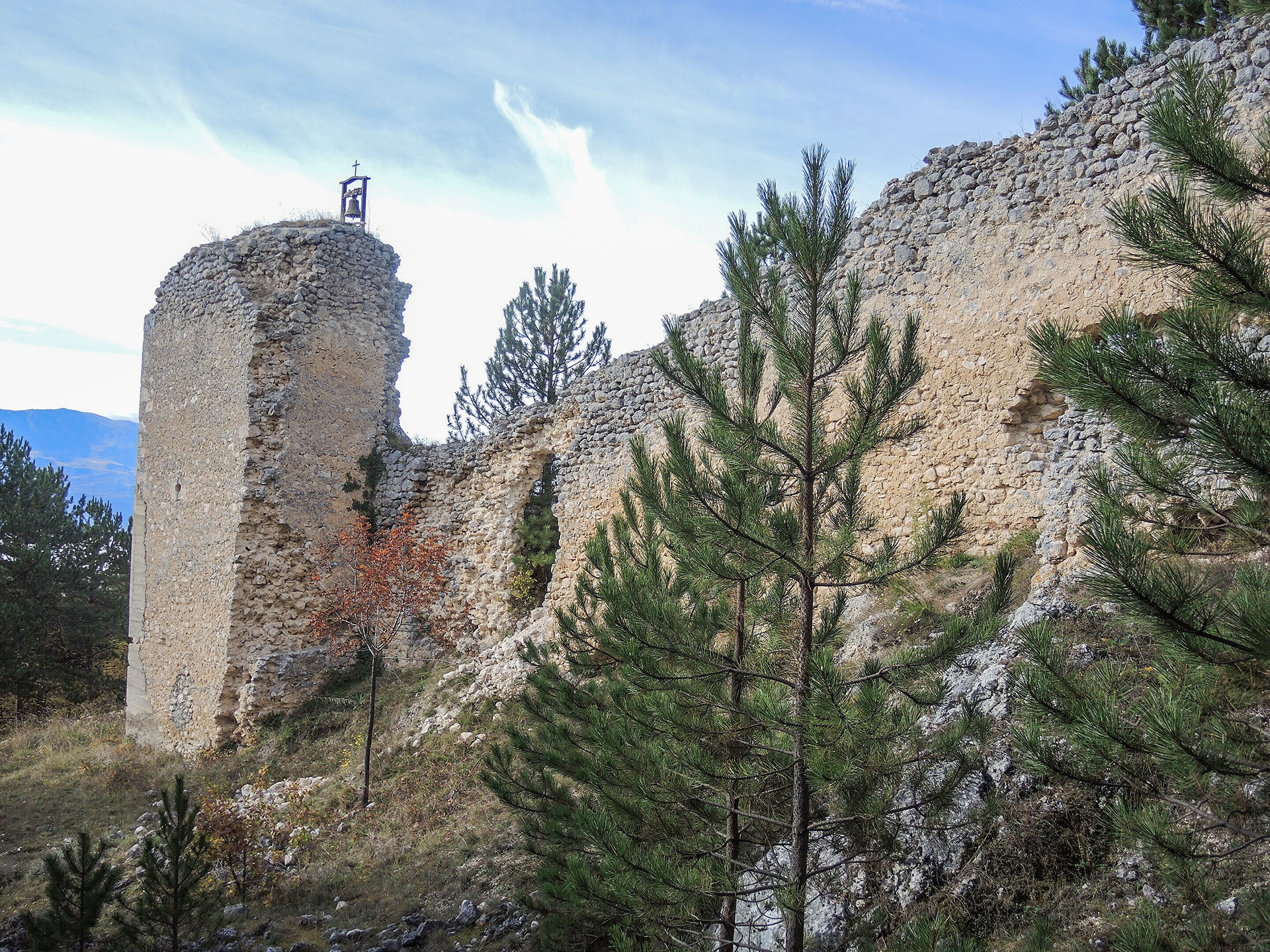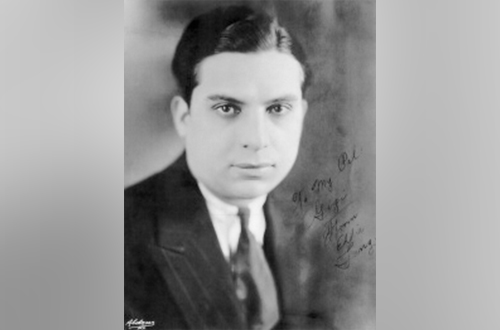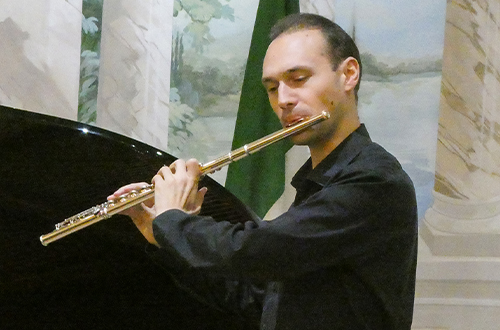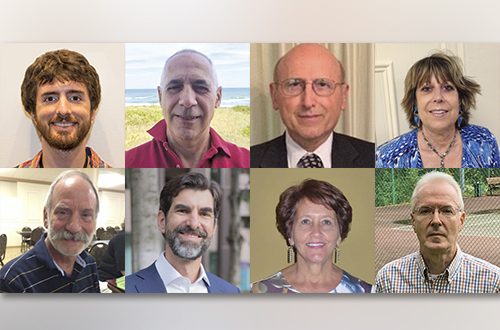
Barisciano

By Nancy DeSanti

Credit: Wikipedia
Province of L’Aquila, Region of Abruzzo
The town is situated just below Monte della Selva on the southern side of the Gran Sasso. The surrounding countryside is rich in herbs such as thyme, helicrysus, and pharmaceutical issopus.
On this site was a Roman settlement, as indicated by the remains of Via Claudia Nova and the nearby Forfona archaeological area. Founded between the 5th and 7th centuries A.D., the town expanded, absorbing the surrounding areas of Villa San Basilio, Bariscianello, and Santa Maria di Forfona. Eventuallly, Barisciano took part in the foundation of L’Aquila.
In 1380, the town was invaded by Amatrice troops and in 1424, it was besieged by condottiere (leader of a troop of mercenaries) Braccio da Montone and subsequently surrendered. The women of the town were taken to L’Aquila with their breasts bare to humiliate them. But the length of time the feared condottiere spent fighting at Barisciano gave the city of L’Aquila the chance to reorganize and finally defeat him.
The town is most noted for the Castle of Barisciano which is a medieval fortress that was built on top of the Selva mountain. The fortress was constructed sometime during the 8th century in a key location on the Navelli plateau, with access to the Gran Sasso d’Italia. It was expanded into an enclosed fortress in the 13th century to house the populace in case of danger.
The condottiere Braccio da Montone stormed the fortress and destroyed it in 1424, while that city was under siege. The stronghold had contributed to the establishment of L’Aquila, and it remained a part of L’Aquila until 1529, at which point it became an aristocratic family fief. It was abandoned after it lost its defensive use in the 16th century.
The Chapel of San Rocco, which is home to the saint’s wooden statue and some paintings, was constructed next to one of the castle towers as a memorial to the plague that occurred in 1526. The rectangular-shaped castle enclosure has a one-kilometer circumference. There were eight towers total, with the primary pentagonal tower situated at the highest apex and the remaining towers distributed along the walls. Even though not occupied on a long-term basis like the castle, remnants of additional buildings are inside the walls.
Barisciano is noted for its floricultural research center located in the Monastery of San Colombo. The town is also known for its potato festival and donkey race (sagra delle patate con il palo degli asini) held every August.
What to See
- Monastery of San Colombo, which is now a floriculture research center
- Remains of the medieval castle guarding the Piana di Navelli on the one side and the road to Gran Sasso on the other
- Church of Santissima Trinità
- Church of Santa Maria di Capo di Serra from the 14th century
- Church of Santa Maria di Valleverde.
- Chapel of San Rocco
Important Dates
- August — Potato festival with a traditional donkey race (palio degli asini)
- November 25 — Feast of Santa Caterina
Italiano

Tradotto da Ennio Di Tullio
Provincia dell’Aquila, Regione Abruzzo
La bellissima cittadina di Barisciano si trova nel Parco Nazionale del Gran Sasso e Monti della Laga. Ha circa 1.828 abitanti, detti Bariscianesi.
Il paese è situato appena sotto il Monte della Selva, sul versante meridionale del Gran Sasso. La campagna circostante è ricca di erbe aromatiche come il timo, l’elicriso, e l’isopo farmaceutico.
In questo sito era presente un insediamento romano, come indicano i resti della Via Claudia Nova e della vicina area archeologica di Forfona. Fondato tra il V e il VII secolo d.C., il paese si espanse inglobando le aree circostanti di Villa San Basilio, Bariscianello, e Santa Maria di Forfona. Barisciano partecipò infine alla fondazione dell’Aquila.
Nel 1380 il paese fu invaso dalle truppe di Amatrice e nel 1424 fu assediato dal condottiero Braccio da Montone e successivamente si arrese. Le donne del paese venivano portate a L’Aquila a seno scoperto per umiliarle. Ma il periodo di tempo trascorso dal temuto condottiero combattendo a Barisciano diede alla città dell’Aquila la possibilità di riorganizzarsi e infine sconfiggerlo.
La città è nota soprattutto per il Castello di Barisciano, una fortezza medievale costruita sulla cima del monte Selva. La fortezza fu costruita durante l’VIII secolo in una posizione chiave sull’altopiano di Navelli, con accesso al Gran Sasso d’Italia. Nel XIII secolo fu ampliato fino a diventare una fortezza recintata per ospitare la popolazione in caso di pericolo.
Il condottiero Braccio da Montone esplose la fortezza e la distrusse nel 1424, mentre la città era sotto assedio. La roccaforte aveva contribuito alla fondazione dell’Aquila, della quale rimase fino al 1529 quando fu feudo di una famiglia aristocratica. Fu abbandonato dopo perse la sua funzione difensiva nel XVI secolo.
La Cappella di San Rocco, che conserva la statua lignea del santo e alcuni dipinti, fu costruita accanto a una delle torri del castello in memoria della peste avvenuta nel 1526. Il recinto del castello, di forma rettangolare, ha una circonferenza di un chilometro. C’erano otto torri in totale, con la torre pentagonale primaria situata all’apice più alto e le restanti torri distribuite lungo le mura. Anche se non furono occupati a lungo termine come il castello, ci sono resti di edifici aggiuntivi all’interno delle mura.
Barisciano è noto per il suo Centro ricerche floricole, situato nel Monastero di San Colombo. Il paese è noto anche per la sagra delle patate e la corsa degli asini (festival of the potatoes and the race of the donkeys) che si tiene ogni agosto.
Le attrazioni del luogo:
- Monastero di San Colombo, oggi centro di ricerca sulla floricoltura
- Resti del castello medievale, a guardia della Piana di Navelli da un lato e della strada per il Gran Sasso dall’altro
- Chiesa della Santissima Trinità
- Chiesa di Santa Maria di Capo di Serra del XIV secolo
- Chiesa di Santa Maria di Valleverde.
- Cappella di San Rocco
Date da ricordare:
- Agosto — Sagra delle patate con tradizionale corsa degli asini (palio degli asini)
- 25 novembre — Festa di Santa Caterina
| Sources: |
| https://en.wikipedia.org/wiki/Barisciano https://www.italyheritage.com/regions/abruzzo/laquila/barisciano.htm https://weirditaly.com/2022/10/25/castle-of-barisciano-laquila/ |
November/December 2023





